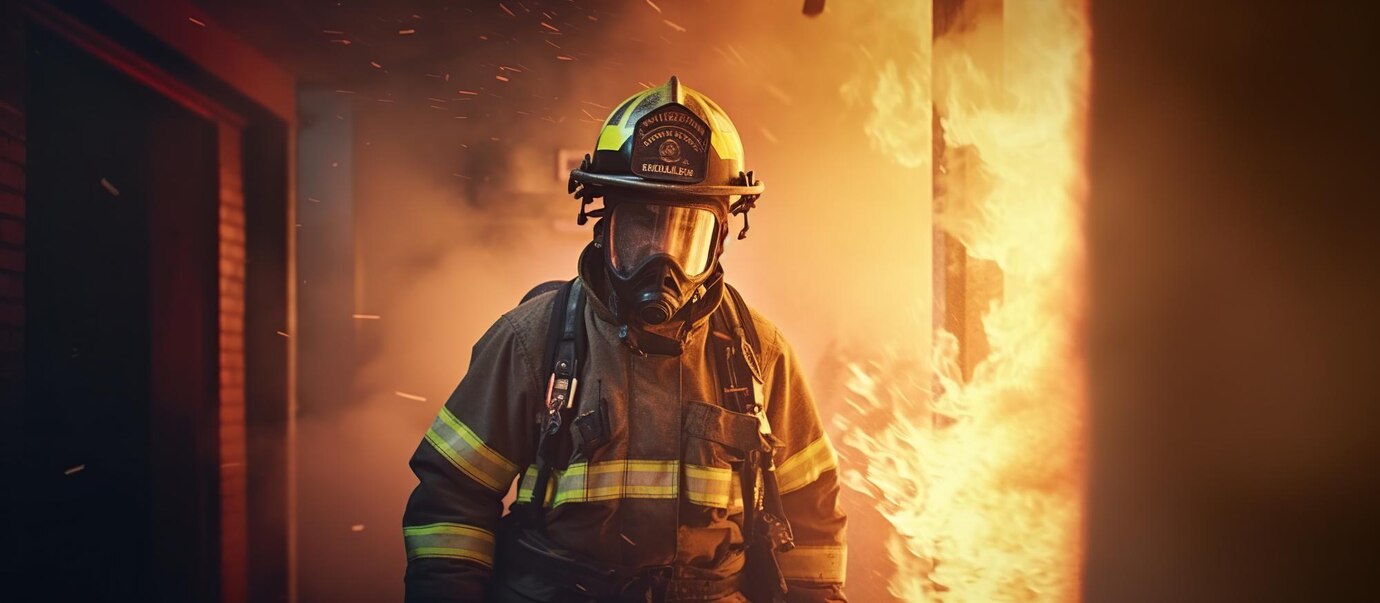
A Comprehensive Guide to Fire Safety Training for Businesses
Fire safety is a critical aspect of any workplace. Not only is it crucial for the safety of employees and visitors, but it’s also a legal requirement in many jurisdictions. Fire safety training plays a vital role in ensuring that everyone in a workplace knows how to prevent fires and respond effectively in case of an emergency. In this comprehensive guide, we’ll explore the importance of Fire safety training for businesses and provide insights into best practices.
The Importance of Fire Safety Training
Legal Compliance
One of the primary reasons businesses need to invest in fire safety training is to comply with local and national regulations. These regulations often require companies to have fire safety measures in place and to train their employees to use them effectively. Non-compliance can result in fines, legal issues, and, more importantly, the endangerment of lives.
Protection of Lives and Property
Fire safety training is essential for the protection of lives and property. In the event of a fire, knowing what to do and how to do it can mean the difference between a minor incident and a catastrophic one. Proper training ensures that employees can evacuate the building safely, use firefighting equipment, and assist others if necessary.
Minimization of Risks
Effective fire safety training helps identify and minimize fire hazards within the workplace. This proactive approach reduces the likelihood of fires occurring in the first place. Prevention is always better than dealing with the aftermath of a fire.
Employee Confidence
When employees receive fire safety, they become more confident in their ability to respond to a fire emergency. This confidence can be invaluable during a high-stress situation, as it helps people act rationally and make the right decisions.
What Fire Safety Training Should Include
Fire Prevention
Fire safety training should begin with an emphasis on fire prevention. This includes identifying common fire hazards in the workplace, such as faulty wiring, flammable materials, and poor storage practices. Training should encourage employees to report potential hazards and ensure that they are promptly addressed.
Proper Equipment Use
Employees should be trained on the correct use of fire safety equipment, including fire extinguishers, fire hoses, fire alarms, and emergency exits. Practical demonstrations and hands-on training are crucial to ensure that individuals can use this equipment effectively.
Evacuation Procedures
In the event of a fire, a well-planned evacuation can save lives. Fire fighting training should include clear and concise evacuation procedures. This involves knowing the locations of emergency exits, assembly points, and the routes to follow during an evacuation.
Emergency Response
Training should cover how to respond during a fire emergency. This includes understanding when to fight a small fire with an extinguisher and when to evacuate and call the fire department. Employees should also be aware of how to assist others, especially those with mobility issues.
First Aid Training
First aid training is often included in comprehensive fire safety programs. This is because fires can lead to injuries, including burns and smoke inhalation. First aid training equips individuals with the skills to provide initial assistance until professional medical help arrives.
Implementing Effective Fire Safety Training
Assess Your Needs
The first step in implementing fire safety training is to assess your organization’s specific needs. This includes identifying the type of industry you’re in, the size and layout of your workplace, and the specific fire risks associated with your operations.
Develop a Written Plan
A written fire safety plan is essential. This document should outline your organization’s approach to fire safety, including prevention, evacuation procedures, and emergency response. It should be easily accessible to all employees.
Choose Qualified Instructors
Fire safety training should be conducted by qualified instructors who have expertise in fire safety and prevention. They should be knowledgeable about local regulations and ensure that training is tailored to your workplace.
Practical Training
Fire safety training should be a combination of theoretical and practical instruction. Hands-on training, such as fire drills and extinguisher use, is crucial for ensuring that individuals can apply what they’ve learned.
Regular Updates
Fire safety training is not a one-time event. It should be an ongoing process, with regular updates and refresher courses. This is essential because employees may forget information over time, and new employees need to be trained as well.
Working with Fire Safety Consultants
Many businesses choose to work with fire safety consultants, particularly in complex or high-risk industries. Safety consultants in Abu Dhabi can provide expert guidance on developing and implementing fire safety programs. They can conduct thorough risk assessments, help with compliance, and tailor training to your organization’s unique needs.
In the UAE, there are professional fire safety consultants who offer services such as fire safety training, first aid training, and comprehensive fire risk assessments. These consultants can be valuable partners in ensuring that your business meets all safety requirements and that your employees are well-prepared for any fire-related emergencies.
Conclusion
Fire safety training is not just a legal requirement; it’s a critical component of protecting lives and property in the workplace. Businesses must prioritize fire safety by providing comprehensive training that covers prevention, equipment use, evacuation procedures, emergency response, and first aid. By assessing their specific needs, working with qualified instructors, and staying updated, organizations can create a safer work environment for everyone. Additionally, partnering with Fire safety consultants UAE can provide expert guidance and ensure that all safety requirements are met. In the end, the investment in fire safety training is an investment in the well-being of employees and the longevity of the business itself.


